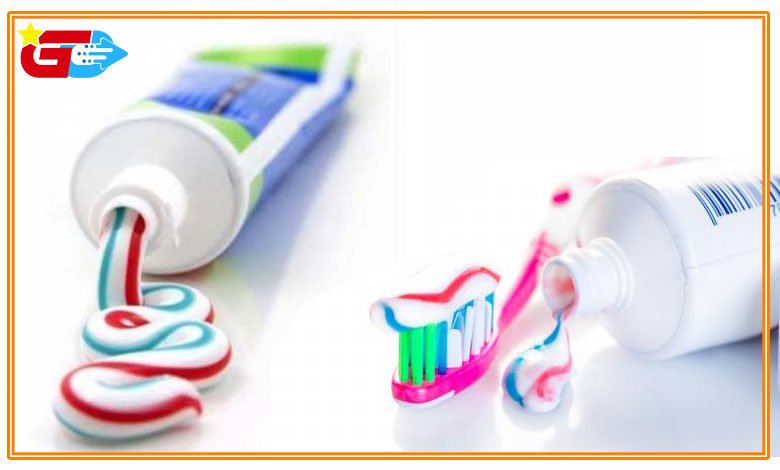Why don’t the colors of the toothpaste mix in the tube?
In fact, this question came to my mind a lot, and although I watch these lines daily and they come out in color

Why don’t the colors of the toothpaste mix in the tube? You may be surprised that toothpaste is an interesting liquid
In fact, this question came to my mind a lot, and although I watch these lines daily and they come out in color, I did not look for an answer, like many things in our lives that we do or watch and become with time a normal thing even though we don’t really know how they work!
It is a class of non-Newtonian fluid. This sentence means that it is not like the rest and most ordinary liquids that we know.
Specifically, toothpaste is a slip-reducing liquid known as Bingham plastic.
This means that it behaves like a solid unless a shear force (such as pressure on a tube) affects it. Thus, when you do not squeeze it into the tube, the toothpaste remains in monochromatic lumps.
When you apply pressure to the tube, the shear force you apply causes fluid to flow out of the nozzle. But it flows in laminar gravity and does not mix.
Have you ever noticed how a set of toothpaste keeps its shape on the tip of your toothbrush? This feature is exactly the same as why it is not mixed in the tube.
Therefore, the conclusion is that the paste is a solid substance, but when it is pressed, it turns into a sticky substance
Toothpaste is an interesting liquid
it’s a category of non-Newtonian fluid. this suggests that it does not handle like most regular liquids, in particular, dentifrice may be a skinny shear fluid referred to as Bingham Plastic.
This means that unless a shear force is applied to it (such as pressure on a tube), it behaves like a solid. So inside the tube when you’re not pressing on it, the putty stays in its solid, colored lump.
When you compress the tube, the shear force you apply causes the fluid to flow out of the opening. But it flows in a lamellar mode, and does not mix with each other.
Have you ever noticed what this dot of toothpaste looks like on the end of your brush? This property is exactly the same that does not make it mix in the tube.
Have you ever wondered how toothpaste comes out with consistent, even and beautiful colored lines like this?
We will first go on a short historical tour to learn about the history of toothpaste and its beginnings
The oldest illustrious decide to manufacture the paste was in Egypt in the fourth century AD, which mixture consisted of ground salt, pepper, mint leaves, and iris flowers.
within the ninth century, Ziryab fabricated the primary dentifrice, that was popularized throughout Andalusia. the precise ingredients of this paste don’t seem to be presently known, however it’s aforesaid to own achieved each “functionality and smart taste”.
So, the Arabs had a preference and precedence in this field. The toothpaste industries did not begin to take a serious and commercial turn until the beginning of the nineteenth century, when toothbrushes that were used with water and salt to clean the teeth appeared, and little by little tooth powders (toothpastes) began to appear and began to receive Prevalent and popular among the people.
Now we move to the toothpaste tube and how the toothpaste comes out of it with colored, consistent and straight lines. In fact, there is more than one method that helps to do this. One of the most famous methods is the method of the American inventor (Marraffino) who obtained a patent in 1955 for the invention of this tube Which makes the paste come out with colored lines.
Read also : The most important and best 10 foods for the brain according to scientific studies






